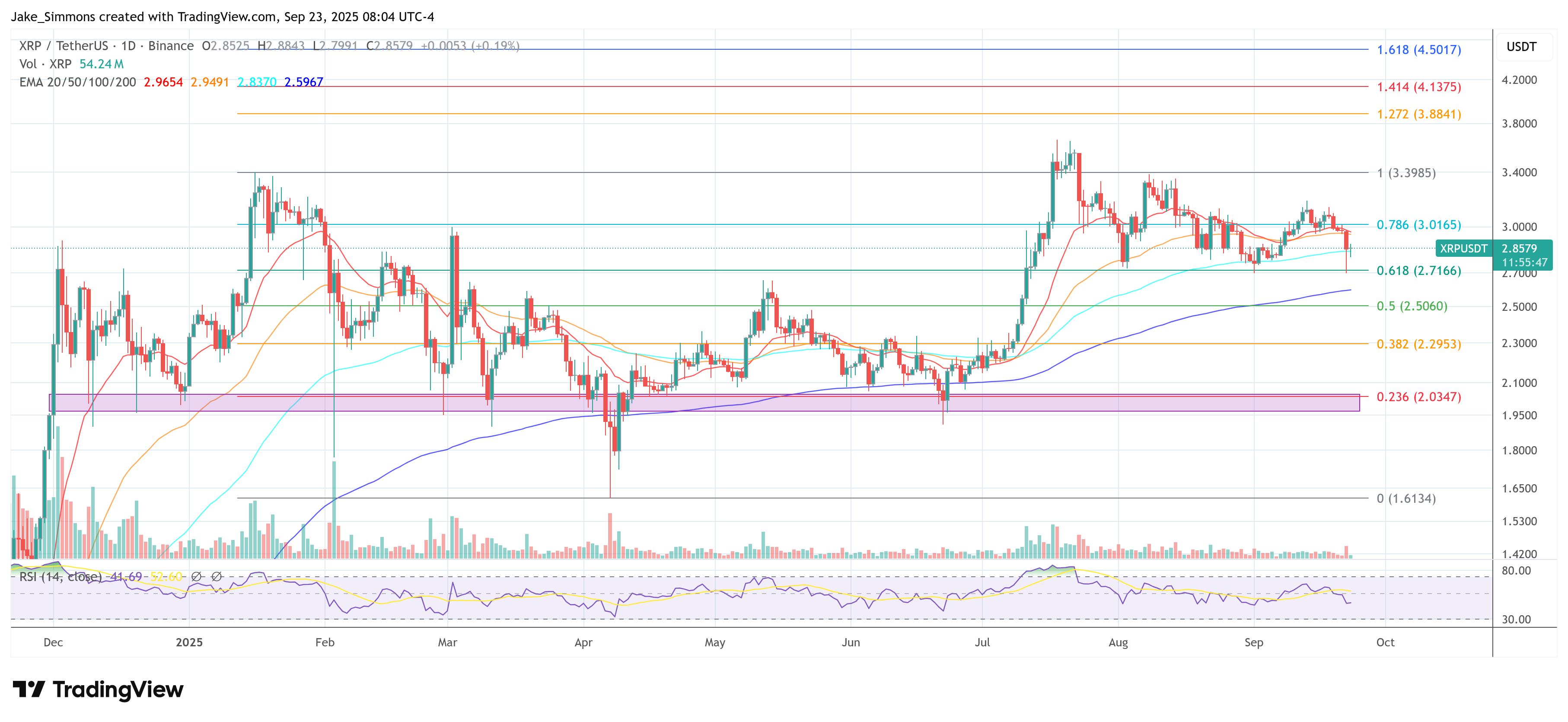4 0
Regulatory Uncertainty Delays Massive Institutional Adoption of XRP
In a recent analysis, Jake Claver, CEO of Digital Ascension Group, explores why institutional adoption of XRP has not been widespread despite its performance advantages for modern payments. He attributes this to regulatory, operational, and coordination challenges rather than technical limitations.
Main Points
- Institutional Strategies: Institutions may use execution algorithms and off-exchange channels to build positions discreetly, minimizing market impact.
- Regulatory Concerns: Legal certainty is crucial for global institutions before integrating XRP into payment infrastructures. Recent court rulings have started changing the regulatory landscape.
- Price Indifference: Institutions focus on timing, liquidity, and strategic direction over the exact price level when acquiring assets like XRP.
- Need for Catalysts: Sustained price increases require regulatory approvals, product launches, and real-world usage to trigger institutional entry.
- Ongoing Integration: Claver notes numerous partnerships and trials with banks and governments, indicating gradual but cautious progress towards infrastructure upgrades.
- Future Prospects: Institutional interest is growing, with expectations for potential ETF approvals by late 2025.
- Retail Impact: Retail holdings are considered small in comparison to the total supply, suggesting institutions aren’t concerned about competition from retail investors.
- Strategic Investment: Claver views digital assets like XRP as key components of future payment infrastructure, offering opportunities for early public investment.
Claver concludes that the transition to blockchain settlement rails could be a significant infrastructure shift, with institutional adoption being a matter of timing.
At the time of reporting, XRP was trading at $2.85.
